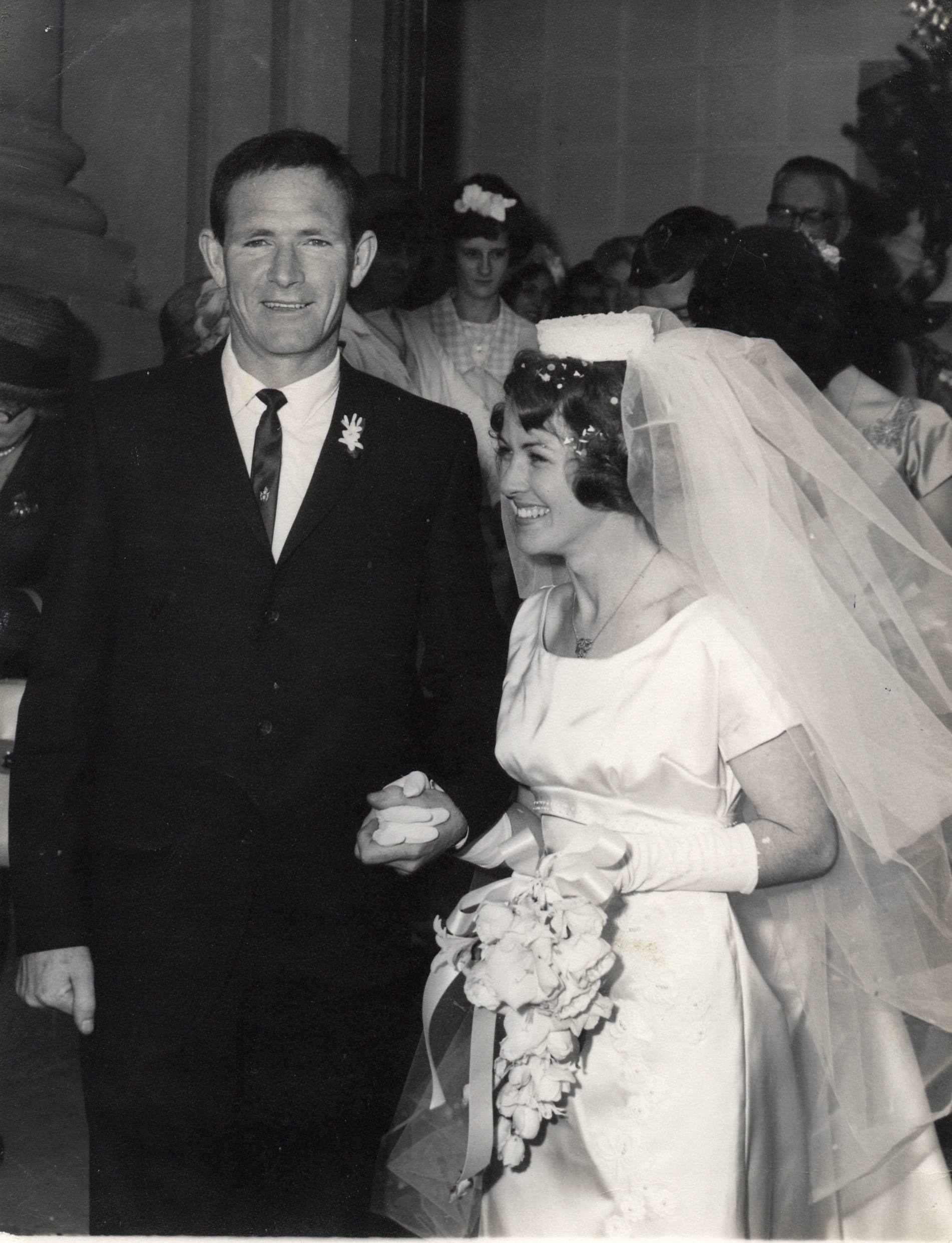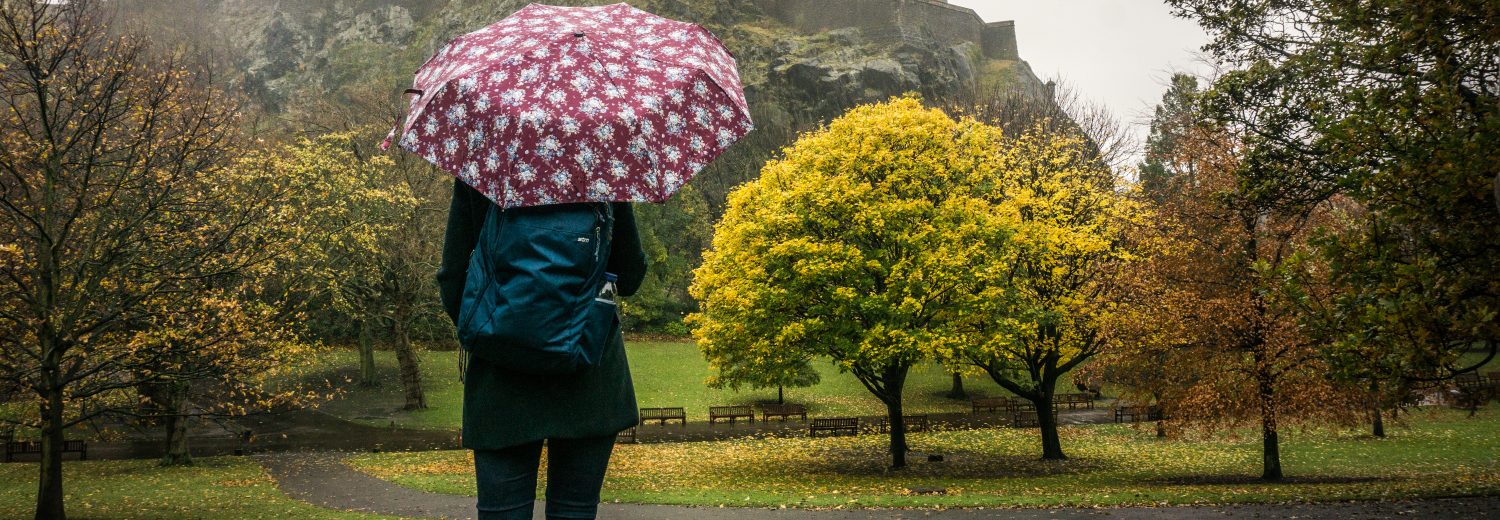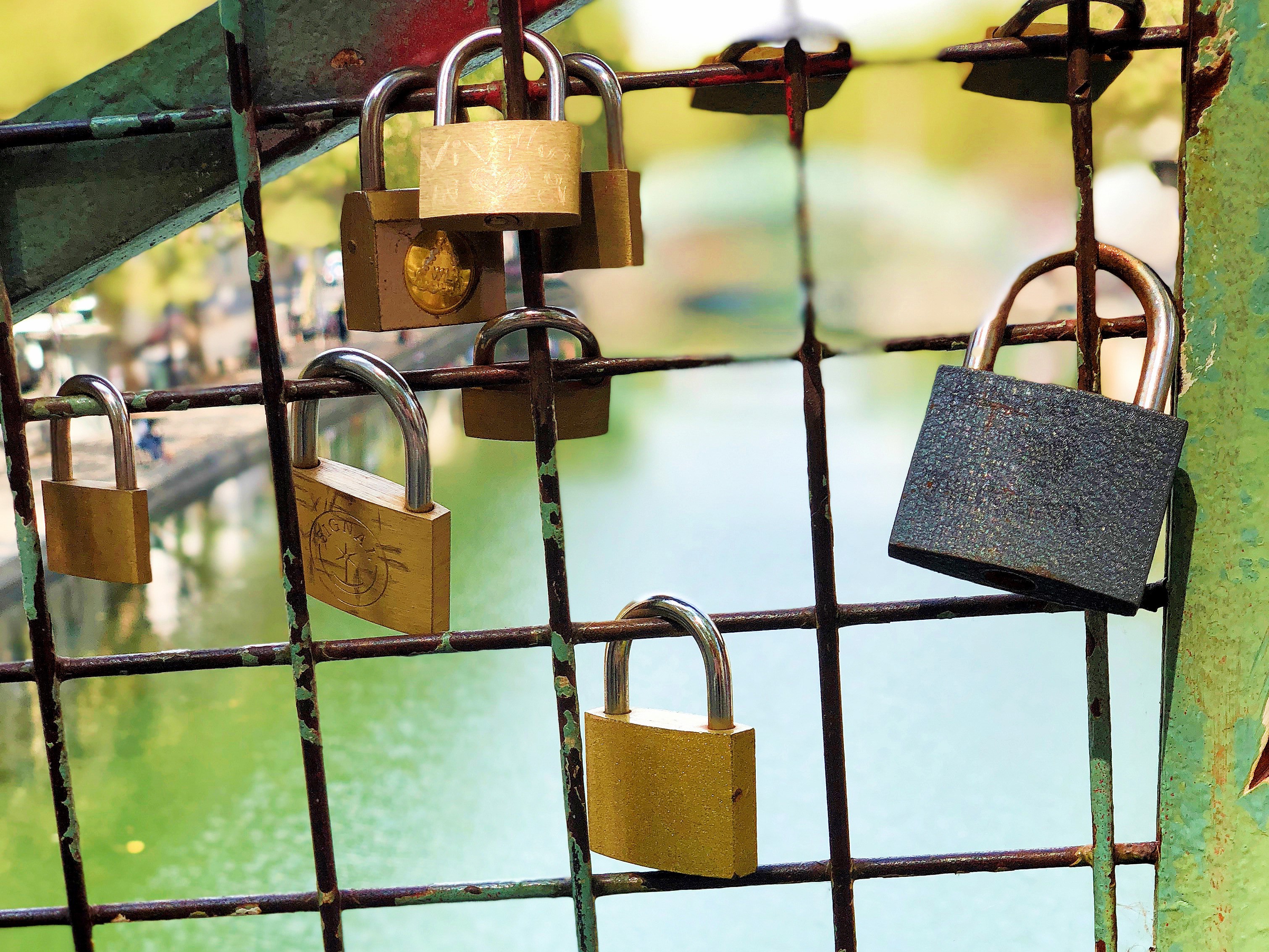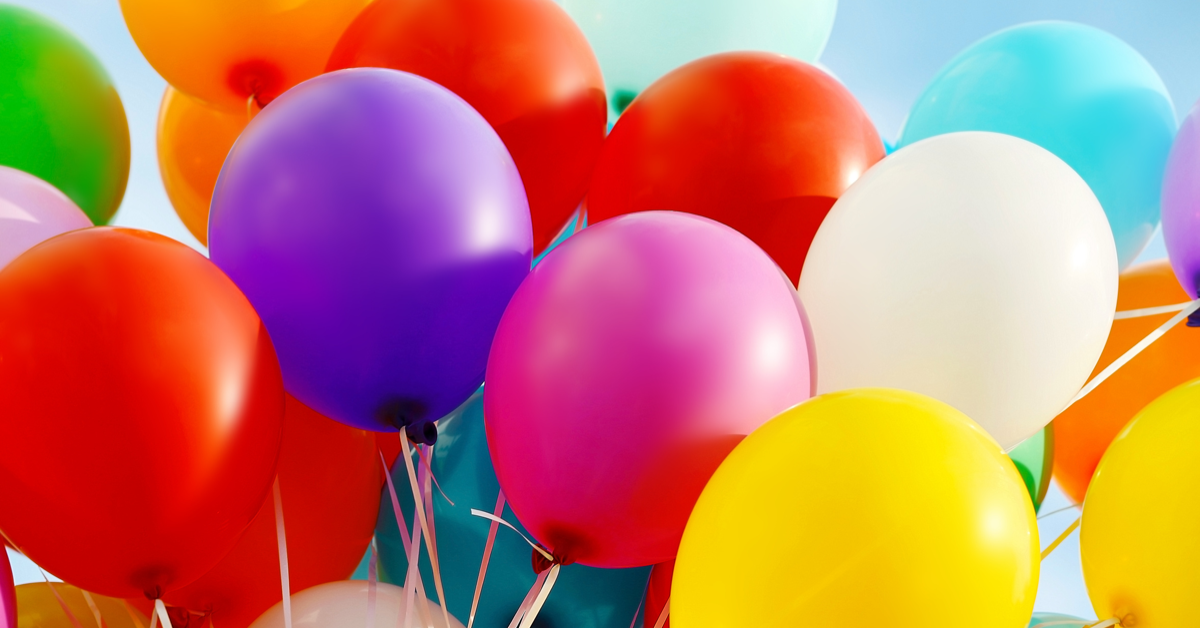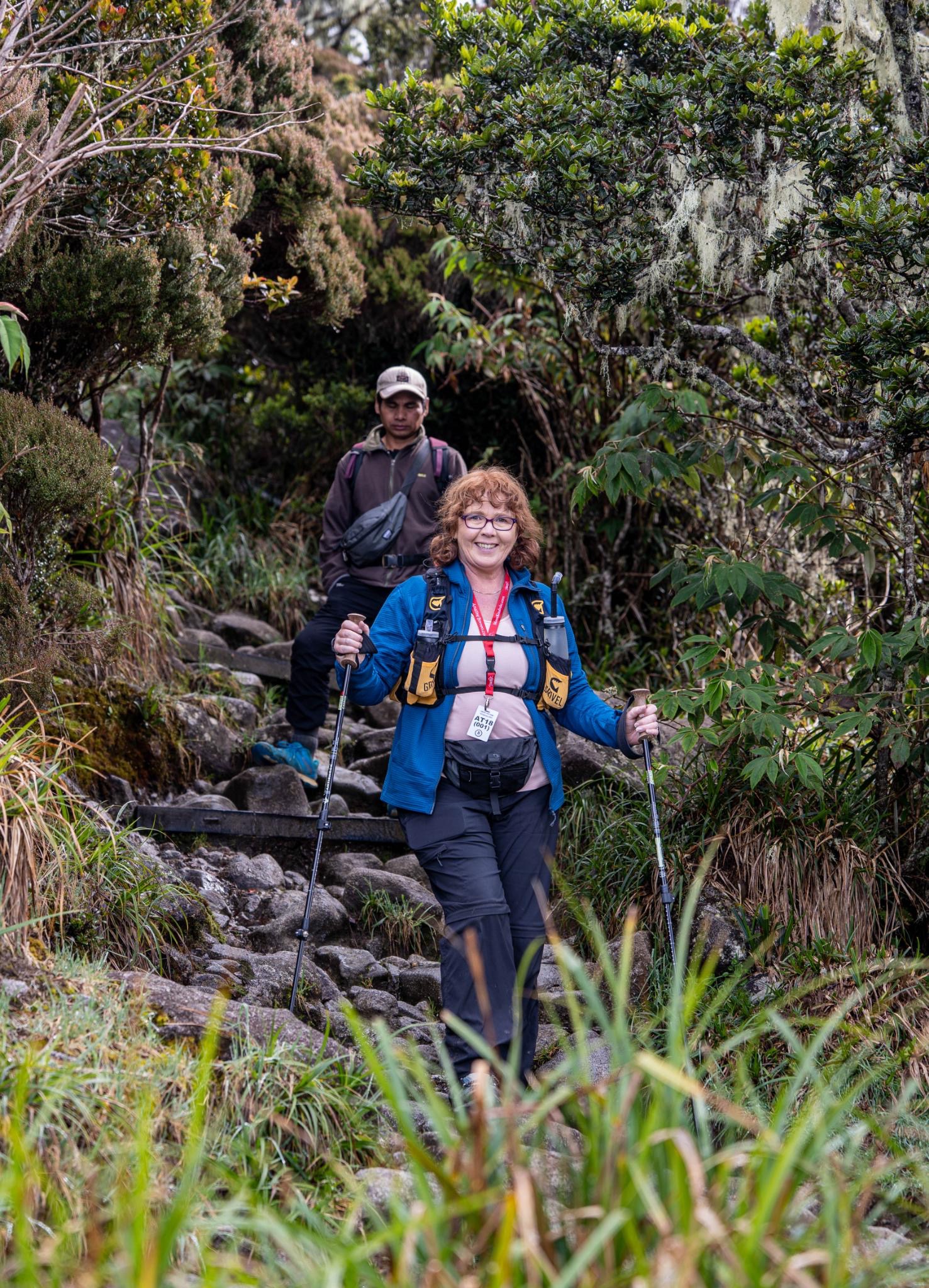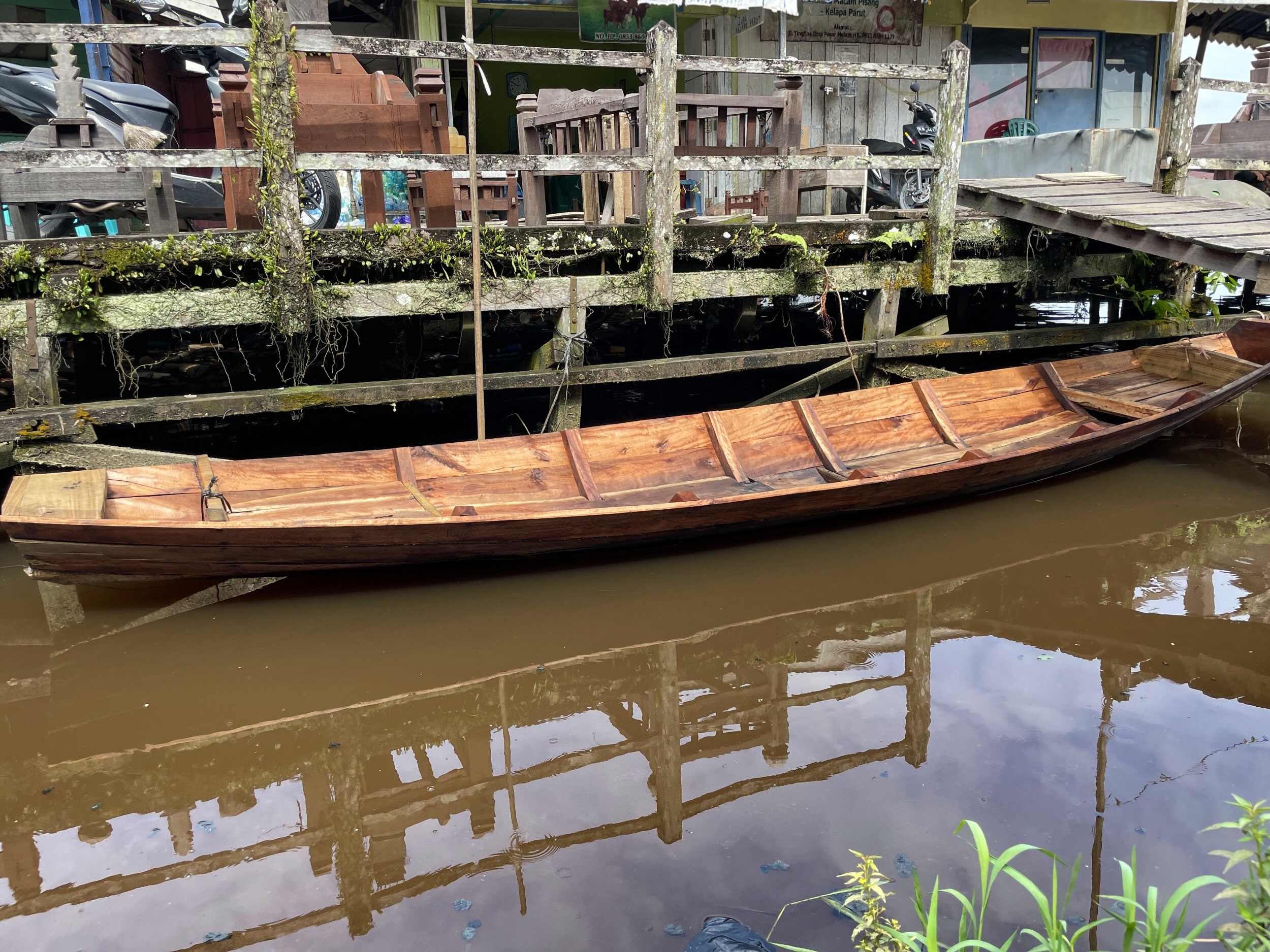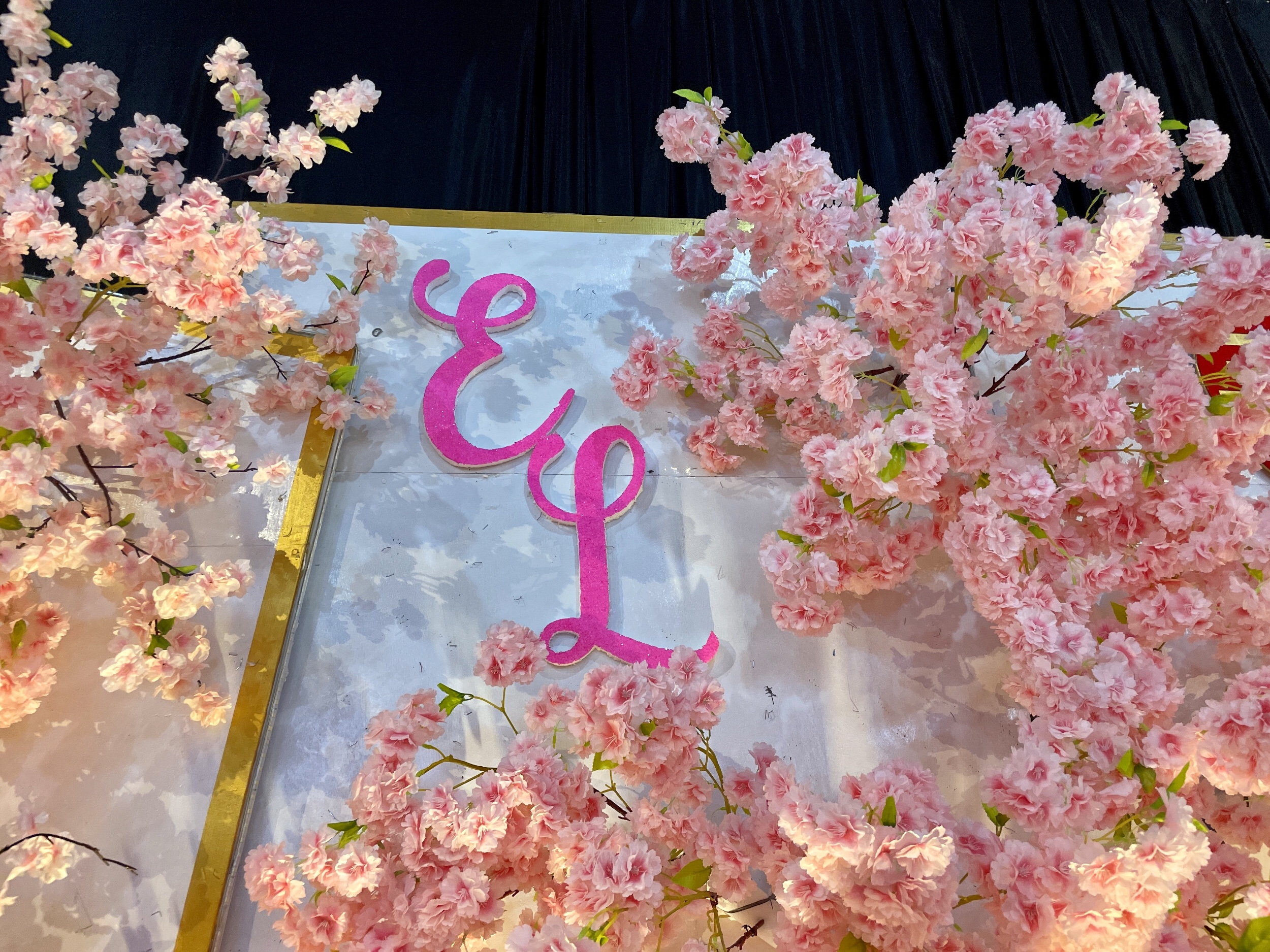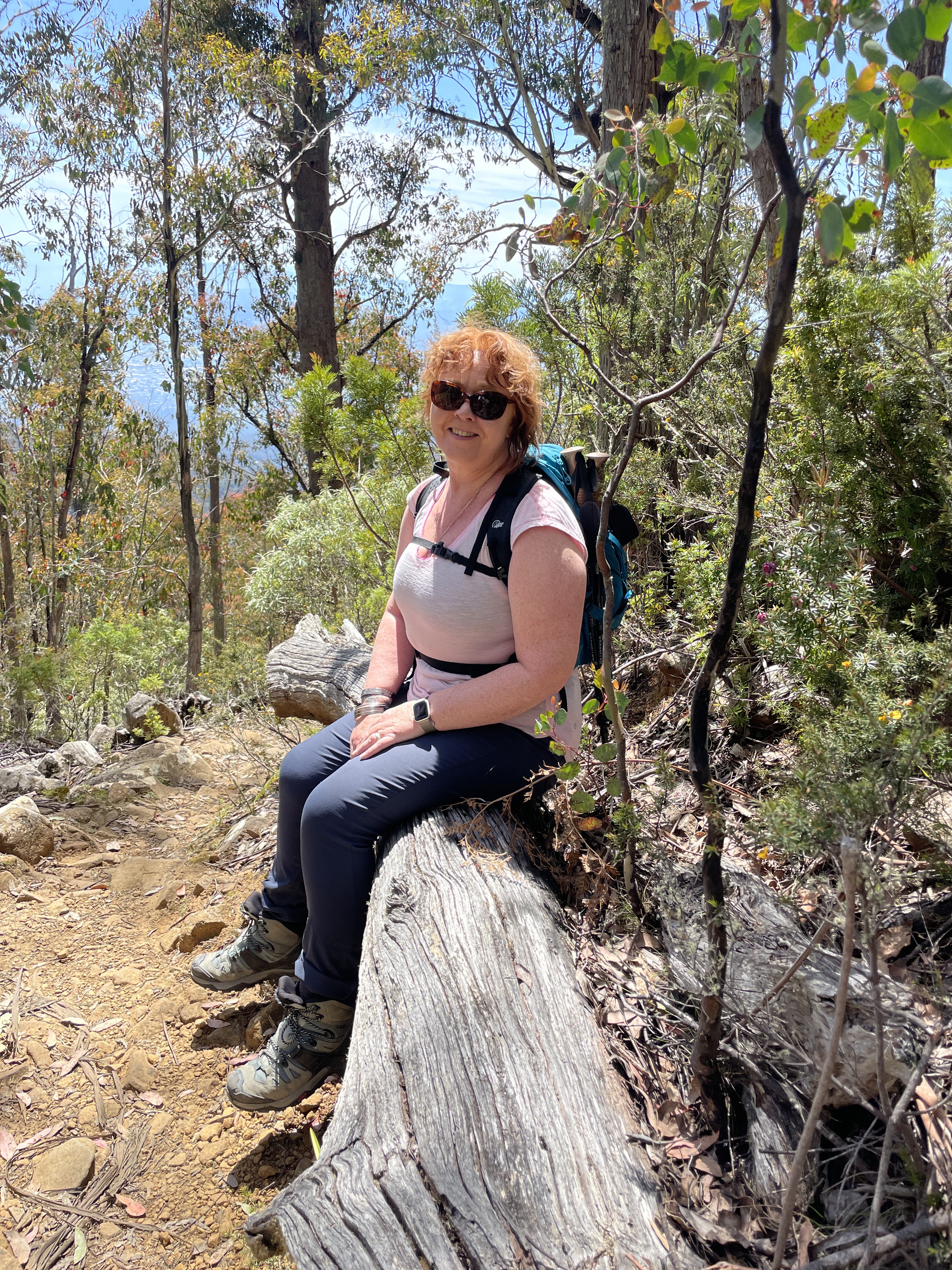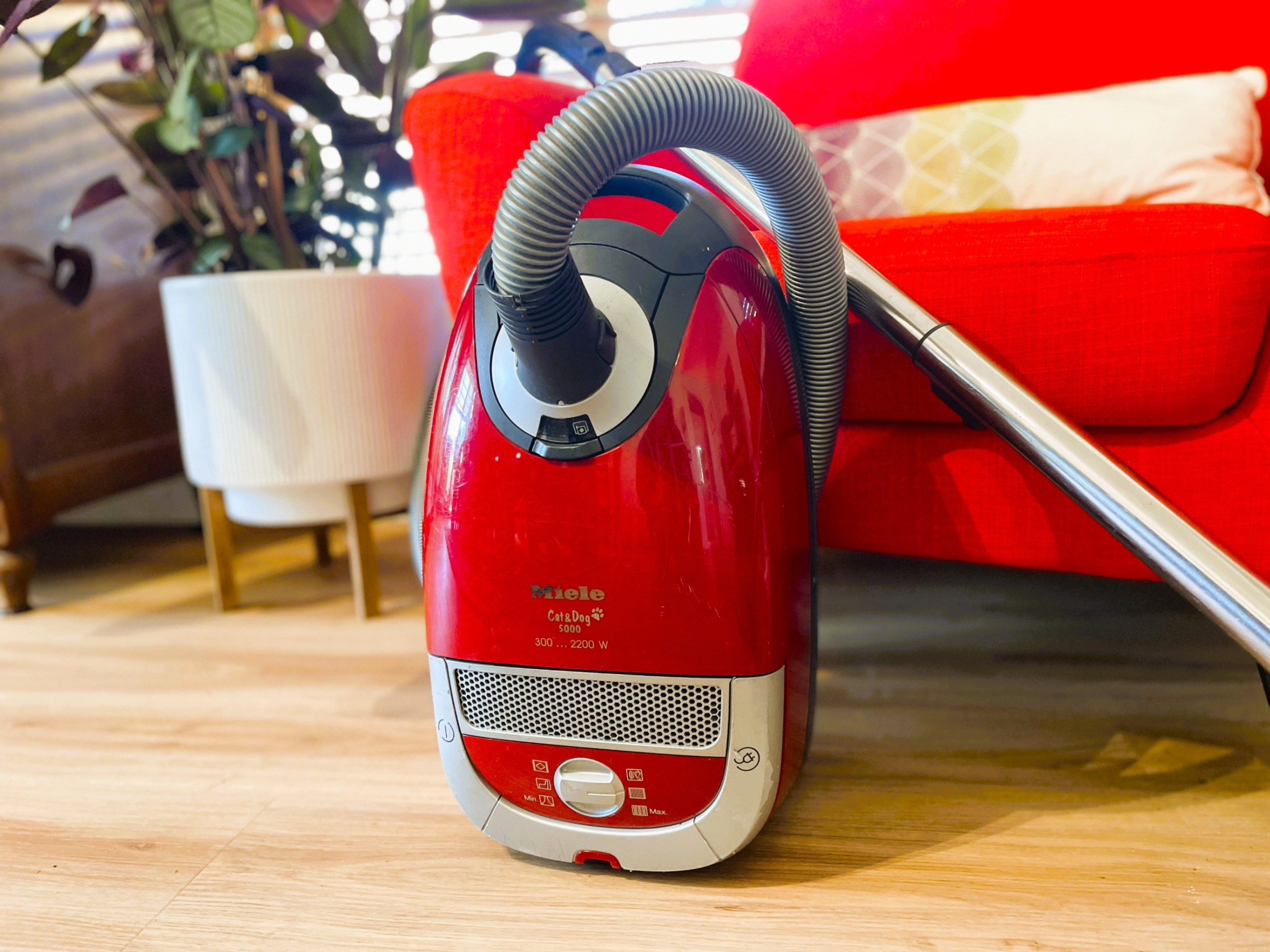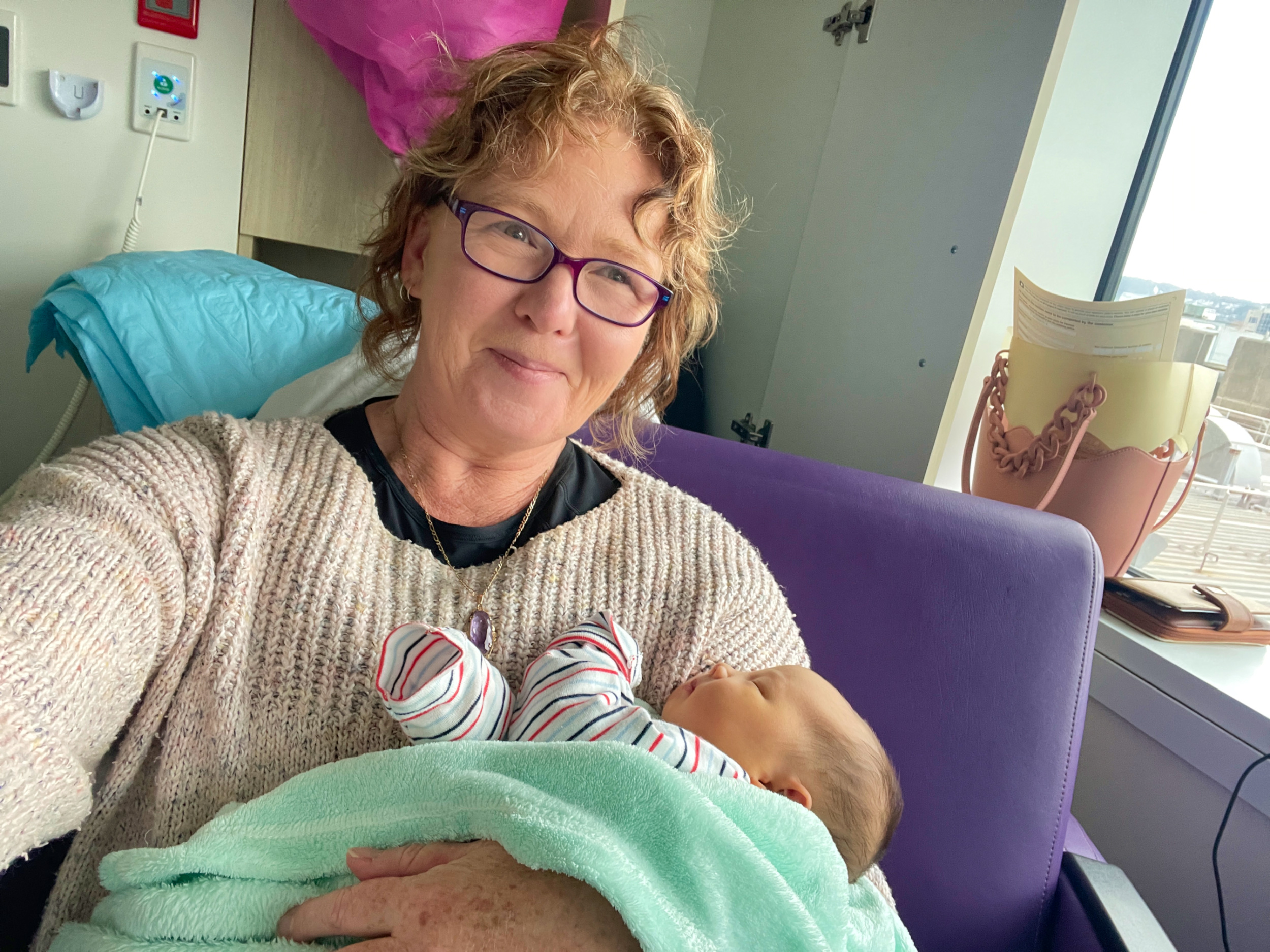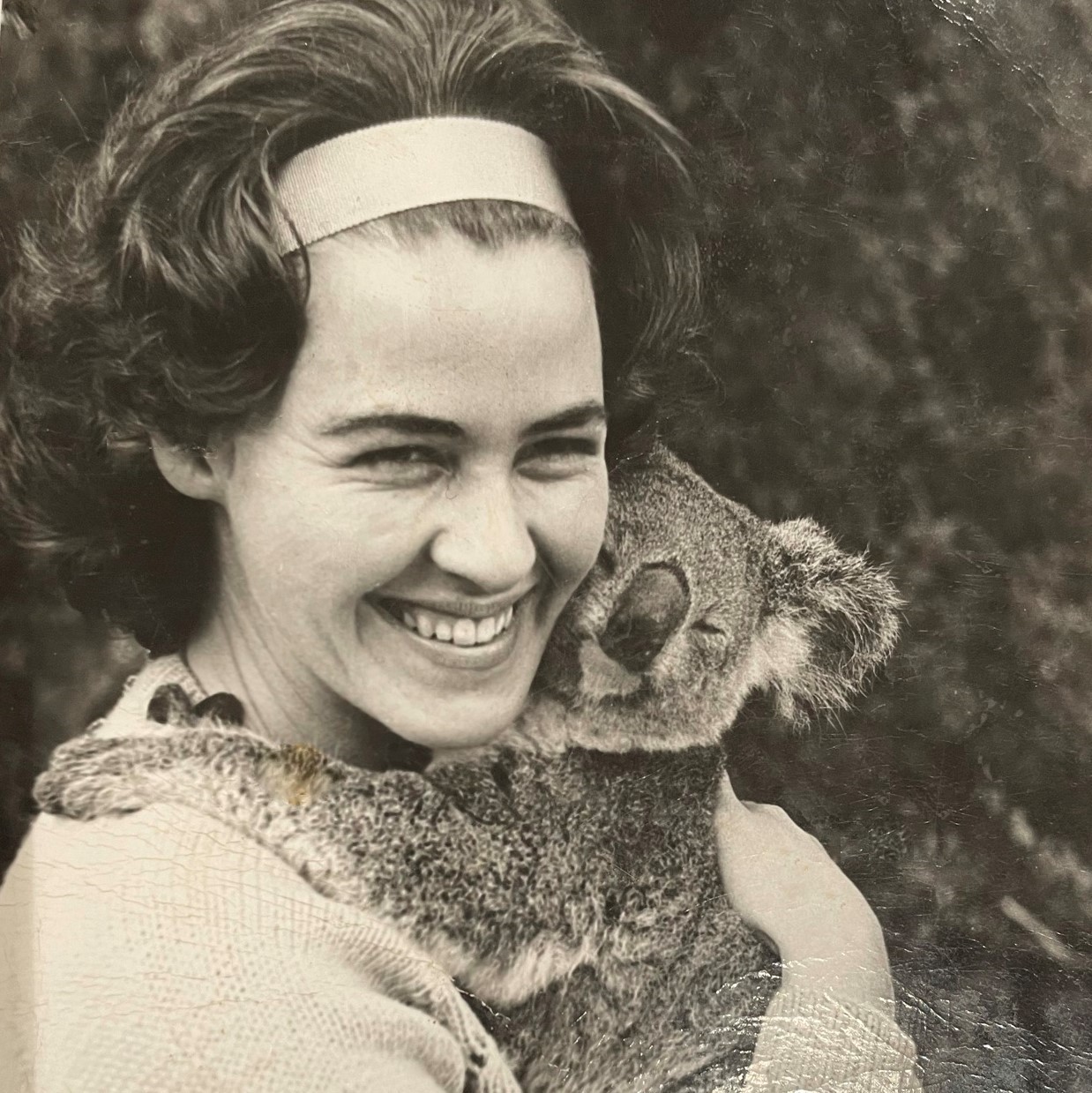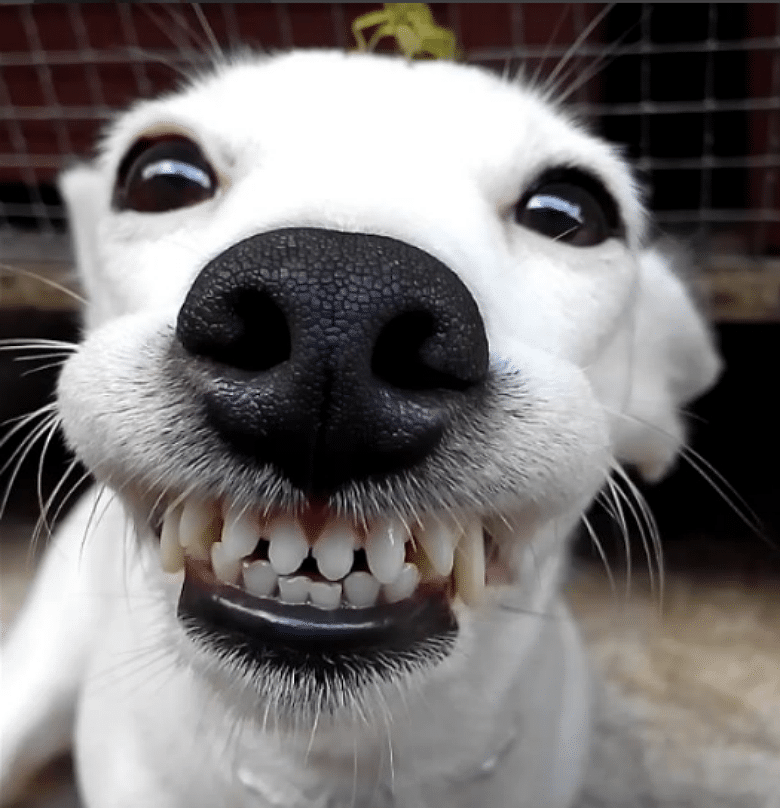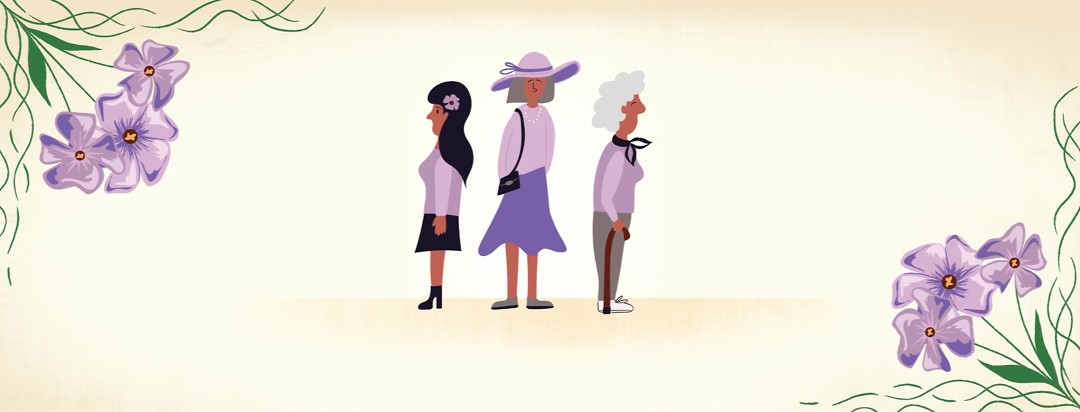There is a very good book called 8 Keys to Recovery From an Eating Disorder by Carolyn Costin and Gwen Schubert Grabb. I have started the keys on numerous occasions in the past, but now I feel completely ready to tackle them all. There are multiple writing exercises within each key, so without giving away the entire contents of the book, over the course of eight weeks I want to share my recovery journey with you. The following is a composite of all my answers for this key.
FINDING MEANING AND PURPOSE
Women turn to food when they are not hungry because they are hungry for something they can’t name.
Geneen Roth
I want to quote the entire chapter for this key. It’s compulsory reading for anyone wanting to better themselves. But I shall endeavour to uncover the key lessons for me.
According to the authors, the first seven keys are about recovering ‘from’ and this key is about recovering ‘to’. The focus is on searching for our spiritual and soulful side – which can sound like mumbo jumbo without a willingness to be open-minded. I’m applying my willingness.
Cultural anthropologist, Dr Arrien, studied the wisdom of tribal cultures and came up with four fundamental principles for living… Show Up, Pay Attention, Tell the Truth Without Judgment, and Don’t Be Attached to the Results.
Showing up means bringing your mind along with your body. My body turns up to all sorts of things – work, appointments, gym, social outings. But is my mind there? Can I commit heart and soul to the moment? To being aware, honest and connecting to the experience – be it good or bad.
THE AUTHORS SEPARATE EGO FROM SOUL-SELF
Ego is personal identity – I am a mother, a teacher, a writer. I am fat, ugly, purposeless. I am kind, capable, worthy. My ego names me many things, often with judgment. Soul self lies beneath these things and is fundamentally who I am when external identities disappear. Soul self says, “I am” without qualifiers. Without saying I’m this or that. It is unquantifiable. Not critical or judgmental. It searches for meaning and connection and notices what is valuable in the moment. It isn’t concerned with a cultural emphasis on materialism or technology.
Ego wants to binge, starve, purge, cut, numb, disappear. The soul just accepts what is.
An elder was talking to his grandson about how he felt about a past tragedy. The elder said, ‘I feel as if I have two wolves fighting in my heart. One wolf is a vengeful, angry, violent one; the other wolf is a loving, compassionate one.’ And the grandson asked, ‘Which one will win the fight in your heart?’ And the elder answered, ‘The one I feed’.
Native American Story
I have been feeding the self-pitying, judgmental, fearful wolf. I need to feed the loving, compassionate, kind wolf. What do your wolves look like?
Paying attention is being mindful to the moment and noticing where your focus goes. My focus – even with all this work on eating disorder recovery – still drifts towards an obsession with food and body image. It’s getting better, but a magical cure in the space of eight weeks isn’t the goal. Where thoughts go, energy follows.
THOUGHTS CREATE FEELINGS WHICH LEAD TO BEHAVIOURS
To change behaviour means changing thoughts. Paying attention to what is meaningful in the long term. I’ve been coming to terms with grief for the last couple of months. It isn’t easy and my daily thought processes drift to what-ifs. Looking at a string of regrets and sadness. But allowing my attention to stay focused in the past robs me of my present. Writing this blog post today is paying attention to the moment and setting goals for the future. It’s pouring energy into something meaningful. Seeing the value in the invisible things I take for granted – good health, supportive relationships, material comfort.
THERE ARE MOMENTS IN TIME THAT HAVE BEEN BEYOND WORDS FOR ME
Moments filled with awe, reverence, love, connection, peace, serenity. Holding my babies for the first time, the look in my husband’s eyes as we got married, hugging my cat when I’ve been consumed by sadness, soaking in the view at the top of a mountain, performing on stage, singing in a choir, diving into a cold ocean on a hot day, sitting on a rock sharing life with my soul-buddy.
My life has been blessed with countless soul moments. If I take focus away from my dimply arse and dig deeper into the beauty around me, there’s less time for obsession and more time for wonder. Today I’m sitting in the sun, writing, with my cat curled up at my feet and awaiting the delivery of a long-awaited new bath. Today I can feed my body when it’s hungry and allow grief to flow through me as needed then make time for the things that are important.
The next writing assignment in the book is about describing a sunrise or apple in intricate detail, without judgment or criticism. Just observation of what is. For the sake of brevity, I’ll share a writing exercise from years ago. To study my face in detail. It was so confronting I cried.
The third guiding principle is truth without judgment. This is a very fine way to live. Sharing truth with judgment is criticism – sometimes to others and sometimes to ourselves. I grew up in a highly critical environment, married a highly critical man and have met a lot of highly critical people. I internalise this then continuously criticise and berate myself. And it’s with no sense of pride I admit to being critical of others at times. It’s something I’ve always worked really hard not to do. When hurt or bewildered by someone’s actions I make a conscious effort to see another point of view. To see the hurt behind the anger, the fear behind the tears.
WE ALL HAVE A STORY AND WE’RE ALL HURTING
I don’t always get it right but I try really hard. I never apply it to myself. My mother’s voice rings loud and clear in my head in every vulnerable moment: ‘Not Good Enough’. Truth without judgment is a DBT principle – and a very good one. It doesn’t deny reality or insist on accepting the unacceptable. It’s merely an observation of reality and reflecting back how we feel without making accusations. It’s the golden rule for arguing with someone – say how you feel without attacking. ‘I feel hurt,’ is very different to, ‘What you did was mean.’ It’s subtle – but the emphasis is on my feelings not someone else’s actions. This is easy to do on paper but isn’t always instinctive in reality. Like so many things, I’m a work in progress.
There are only two ways to deal with something: acceptance or resistance.
How true is that?! Not being attached to the results is radical acceptance. Sure I want winning lotto numbers, but if they’re not (they never are) then bemoaning the fact is pointless. Life is filled with moments that require radical acceptance. Traffic, weather, rude people at the checkout, grief, vomiting, career disappointments, relationship difficulties, mistakes, age, body shape and size. I could write an enormous list of things to just accept. They can’t be changed. Or if they can, it will be a slow process and that process needs to be accepted.
WITH A PROFOUND SENSE OF ACCOMPLISMENT, I’VE FINISHED ALL EIGHT KEYS
I don’t know if my musings are interesting reading but it was an interesting experience. So much of the recovery path is based on DBT skills I learned in group sessions, which all relate back to four things: Distress Tolerance, Emotional Regulation, Interpersonal Skills and Mindfulness. Now I can add four guiding principles to my way of interacting with the world: Show Up, Pay Attention, Tell the Truth Without Judgment and Don’t Be Attached to the Results.
My life has been a roller coaster. Whether it should or shouldn’t have been is irrelevant. It is what it is. It’s time I took charge of the ride.
Like this:
Like Loading...

